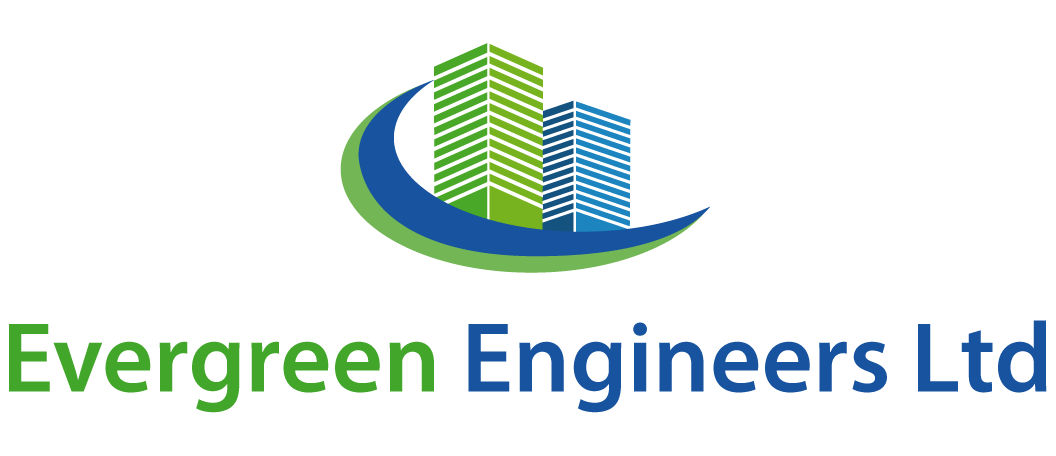When applying for a visa or residency in many countries, one of the key requirements is providing an immigration property report. This report assesses the condition and suitability of your accommodation, ensuring that it meets the standards set by the immigration authorities. Choosing a reliable inspector to produce this report is crucial, as the quality...
Author: admin
Ensuring Your Home Meets UK Immigration Standards: A Property Inspection Report Overview
For individuals applying for visas to live or work in the United Kingdom, meeting immigration standards is crucial. One of the essential requirements is often a property inspection report, which verifies that the accommodation meets certain standards set by UK Visas and Immigration (UKVI). This blog provides an in-depth overview of property inspection reports, their...
The Role of Property Inspection Reports in Securing a UK Visa
Securing a UK visa can be a complex process, requiring various documentation and proof of eligibility. Among these requirements, property inspection reports play a crucial role, particularly for family and settlement visas. These reports ensure that the accommodation for the visa applicant meets the necessary standards set by UK immigration authorities. This blog will explore...
Top Tips for Passing a Property Inspection for Immigration
When applying for immigration, one crucial step is passing a property inspection. This inspection ensures that your living arrangements meet the necessary standards and requirements set by immigration authorities. Whether you are a landlord hosting an immigrant or an immigrant preparing for the inspection, knowing what to expect and how to prepare can significantly increase...
Renovating Your Home? Why You Need a Post-Construction Property Inspection
Renovating your home can be an exciting journey, transforming your living space to better suit your lifestyle and aesthetic preferences. However, the process can also be complex and demanding, requiring careful planning, execution, and oversight. One crucial step often overlooked is the post-construction property inspection. This inspection ensures that the renovation work has been completed...
Environmental Concerns in Property Inspections: What You Should Know
When buying or selling property, inspections are crucial to uncover potential issues that could affect the value, safety, and livability of the property. Environmental concerns are an essential part of these inspections, as they can have significant implications for health, safety, and financial investment. This blog will delve into the key environmental concerns that should...
Top 10 Common Issues Found During UK Property Inspections
Property inspections are crucial for identifying potential problems that could affect the value, safety, and livability of a home. In the UK, where properties can range from historic buildings to modern constructions, a thorough inspection is essential. Here, we’ll explore the top 10 common issues found during UK property inspections and discuss their implications. Damp...
Comparing Different Types of Property Inspections: Which One Do You Need?
When it comes to property transactions, renovations, or maintenance, inspections play a crucial role in ensuring the safety, functionality, and value of a property. However, not all inspections are created equal, and understanding the different types available can help you make informed decisions. This blog will delve into various property inspections, highlighting their purposes, processes,...
The Role of Property Inspections in Mortgage Approvals
Property inspections play a critical role in the mortgage approval process, acting as a safeguard for both lenders and borrowers. By assessing the condition of a property, these inspections provide essential insights that influence the decision to approve or deny a mortgage application. This blog delves into the importance of property inspections, the types involved,...
Benefits of Regular Property Inspections for Long-Term Cost Savings
Investing in property is one of the most significant financial commitments many people make. Whether purchasing a home or a commercial property, ensuring that the investment is sound is crucial. One of the most effective ways to protect this investment and save money in the long run is through regular property inspections. This blog will...








